In this article, I'm going over the 10 Things You Need to Learn About Tides before going Razor Clamming.
What is a Tide? How to Read Tide Tables? What is the Best Tide for Clamming?
Part 1 of 6 series on How to Dig Razor Clams
Everything You Need to Know About Tides for Razor Clam Season!
The tide has so much to do with every activity that is enjoyed on the coast, especially clamming. Our family looks at the tide prior to heading out to the beach in order to determine what activity we will be enjoying at that time.
We drive the coastline nearly every day, which is the most soothing time of the day for us. There's something very special about being able to get the kids in the car, and head to the beach to unwind. In fact, we just got back from the beach as I'm writing this, and it was an exceptionally high tide today.
To us, a high tide means we need to be more mindful of the tide drawing too close to us, so we tend to do less driving along the coast, and opt for an oceanfront picnic instead. That's exactly what we ended up doing today. We parked facing the ocean and enjoyed a little picnic inside our van that consisted of steak and pineapple kabobs (yum!).
It's important to understand the tide schedule prior to hitting the beach. We've seen a few cars almost get washed out to sea, so I feel it is incredibly important to mention tide safety. Now let's dive into learning about the tides!
Table of Contents
1. The 4 Types of Tides
Low tide is when the water retracts from the shore, and descended to its lowest level.
The Perfect Tide is the lowest low tide. AKA the best tide for clamming and uncovering sea life, in our humble opinion.
High tide is when the water rises to cover most of the shore.
Photo: A King tide at the jetty in January 2022.
King tide is the highest predicted high tide of the year, at that coastal location. Though it can happen once or twice a year. This means if a typical high tide for your area sits around +9ft, and you see a +12ft on the tide schedule, making it the highest tide, that could be a king tide.
2. Where To Get Tide Charts?
A couple of ways, thankfully!
Option 1 is to search the web. We like to use Tides.net. They have a variety of charts from the next 24-48 hours, to tides for the next week and beyond laid out. You will need to look for your state and region. We have found this site to be the most accurate among others.
Option 2 is to purchase a Tide table book. I recommend having a tide book in your car if you live on the coast, or plan to visit the coast. You can purchase one online, or in most sporting goods stores.
3. What's The Difference Between a Tide Table and a Tide Chart?
The difference between a tide table and a tide chart is that a tide chart shows an hourly update on the water level in that coastal area. A tide table will point out the high and low tides for the day, week, month, and year. So, picking between a tide chart vs. a tide table is completely dependent upon what you're up to on the coast.
4. How To Read a Tide Chart?

Let's understand how to read a tide chart using the above example I retrieved from Tides.net for Westport, WA. To the right, you will see vertical foot markers, and at the bottom are the timestamps.
The higher the peak on the chart, the higher the tide. Here's an example: as seen on the chart above, at around 4pm, the tide is at a higher peak than it was that morning around 8am, which means the tide was low this morning and then starts rising throughout the day. Then, after the 4pm high tide, the tide will slowly go down until the evening low tide around 9am.
5. How To Read a Tide Book?
Reading a tide book is fairly easy. You simply navigate to the date you're interested in, and reference the high and low tides that are laid out.
6. Top Beaches for Razor Clam Digging in Washington
Razor clam season in Washington state is quite a big deal. Oftentimes, the traffic getting in town is miles long for a razor clamming tide. I would suggest choosing the closest location to you, or one that you've previously visited - that way you'll know your way around during the busy razor clam season.
Per the Washington Department of Fish and Wildlife: Razor clams are found primarily on the intertidal coastal beaches (those that are exposed at low tide) from a +3 foot level to a -2 foot tide level. The Washington Department of Fish and Wildlife (WDFW) divides the harvest areas into five major management zones (see map):
- Long Beach from the Columbia River north to the mouth of the Willapa Bay
- Twin Harbors from Willapa Bay north to the south jetty at the mouth of Grays Harbor
- Copalis Beach from the north jetty at the mouth of Grays Harbor to the Copalis River
- Mocrocks from the Copalis River to the south boundary of the Quinault Indian Reservation
- Kalaloch from the South Beach campground north to ONP Beach Trail 3.
Photo: Map retrieved from WDFW.
Other areas where razor clams exist are multiple sand spits in the mouth of Willapa Bay, the Quinault Indian Reservation and various small beaches north of Olympic National Park (ONP) at Kalaloch. The sand spits in Willapa Bay are used for commercial digging.
7. When To Razor Clam?
Pacific Razor clams are regulated by the state. For Washington razor clam season, Washington State Department of Fish & Wildlife will post all approved digs, as well as a list of upcoming tentative clam digs on their site.
We will also be updating this on our site, so be sure to subscribe to our emails so you won't miss a tide, tips, recipes and more! You are not allowed to razor clam dig outside of an approved dig by the state.
It can be a little confusing for a first timer, so we've broken it down for you using an example below. Typically, clamming season in Washington state is in Fall/Winter, and spring seasons.
8. Understanding Approved Razor Clam Digs
Photo: Approved razor clam digs by WDFW in April 2022, to use as an example.
To break this down piece by piece , there are 4 key components to reading an approved tide posted by Washington State Department of Fish and Wildlife.
1. Beaches. Take a look at the beaches for each dig. Copalis and Mocrocks are extremely popular razor clam digging spots, so WDFW alternates them. Besides those two, the other beaches should be steady. The best clamming beaches in Washington, in my opinion, are Copalis (ocean shores) and Mocrocks. We've had great success at both locations, though we would suggest picking a beach that you are familiar with, or a clamming beach near you. However, if this is your first time on the coast altogether, I highly suggest starting with Copalis beach, since it's connected to a town, should you need anything.
2. Day. Picking a day is crucial for the majority, as they aim to deviate towards the weekend.
3. Time. The best time to go clamming is one to two hours prior to a posted low tide. This ensures that the tide is still going out, which means maximum exposed sand for finding shows, and allows you enough time to dig clams before the tide starts coming back in. The times also shift from evening digs in the fall and winter to morning digs in the spring, as the weather is improving. This is primarily to regulate the amount of folks razor clamming.
4. Tide. If you take a look at the above example, right after the times we see the tide. This is the primary way the Washington state department of Fish and Wildlife determines the digs to approve. A low tide is crucial to successful clamming.
We would love to hear from you - tell us about your favorite memory razor clamming.
9. What is the Perfect Tide for Razor Clamming?
While any approved tide is the best time to go clamming, the perfect tide for razor clam diggers sits in the negatives, ideally around -1.
Though keep in mind, the best time to go clamming is any tide that you can make work with your schedule. It's such a fun experience that people of all ages enjoy and it's definitely a memory worth having! Everyone should have razor clamming on their bucket list, as there's nothing like digging in the sand for buried dinner treasure :).
After you've experienced clamming for the first time, then you can start sweating the small stuff to improve your clam digging game.
10. Night Razor Clam Tides
The main reason for razor clam tides at night is because the tides tend to be lower in the evening, during the fall and winter seasons; which is a big deciding factor when Washington State Fish and Wildlife approves tides for the razor clam season. Evening razor clam digs happen in the fall and winter, while spring is the start of the morning tides.
Night digs are a great method to regulate razor clams as they're not ideal razor clam digging conditions. Razor clamming at night is much more challenging as it's harder to spot the clams, especially on a rainy evening. Weather conditions in the fall and winter tend to be colder, wetter, and windier, making the dig less appealing. If you are planning on clamming at night this razor clam season, make sure to check out our gear article Gear: The Best Gear for Razor Clamming, to ensure you have the best set-up for a safe and speedy dig.
Please share our articles with others that may benefit from this info!
Don't forget to subscribe!
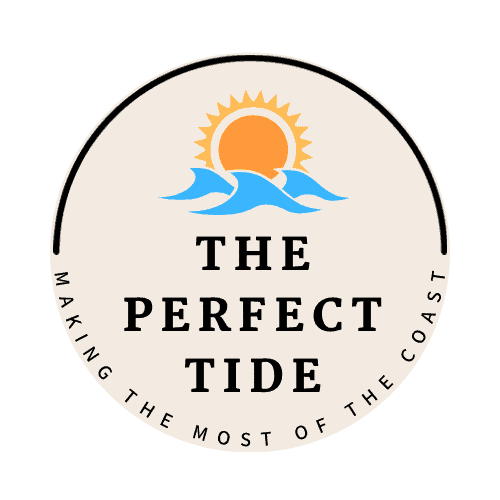
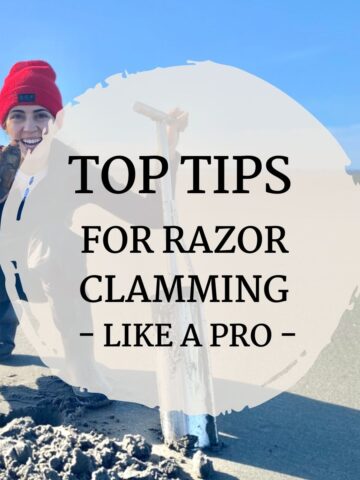
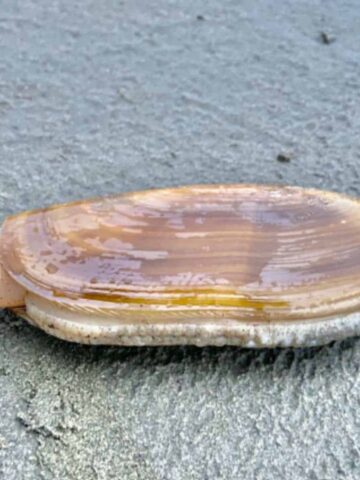
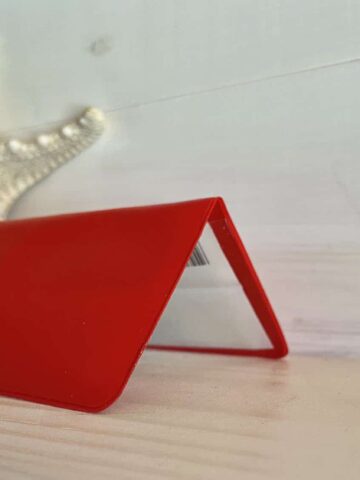
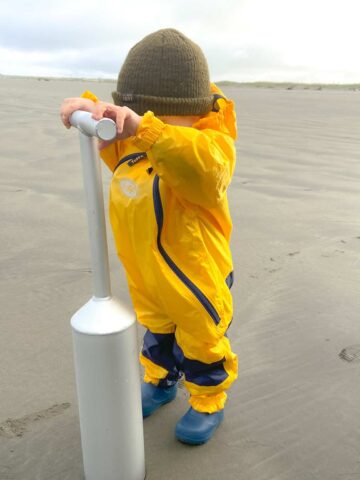


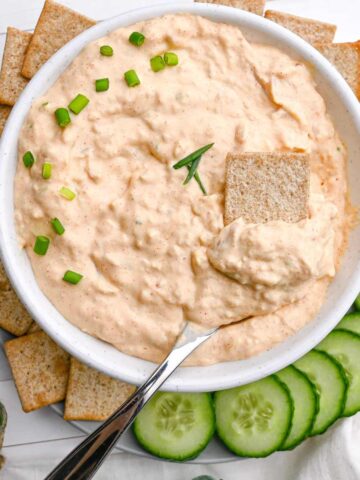
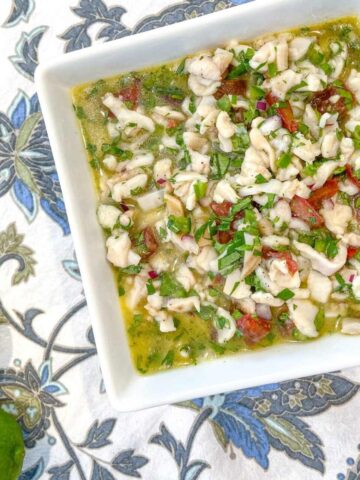


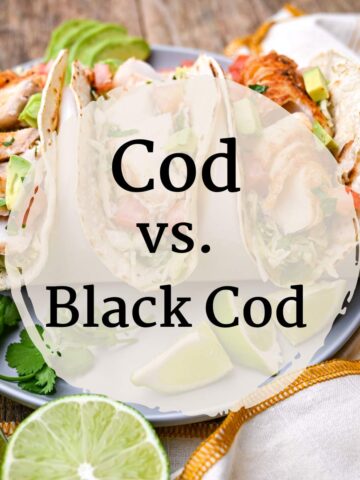
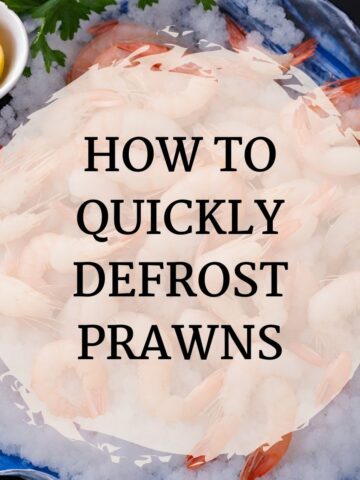
Leave a Reply